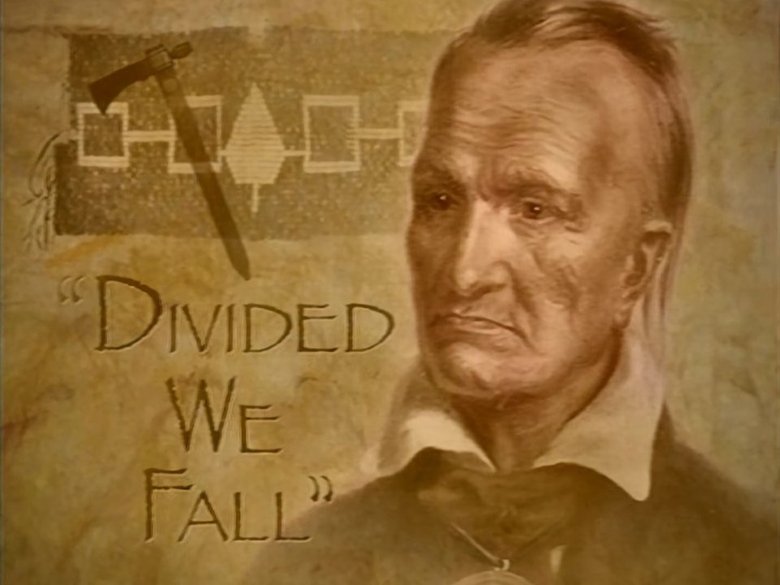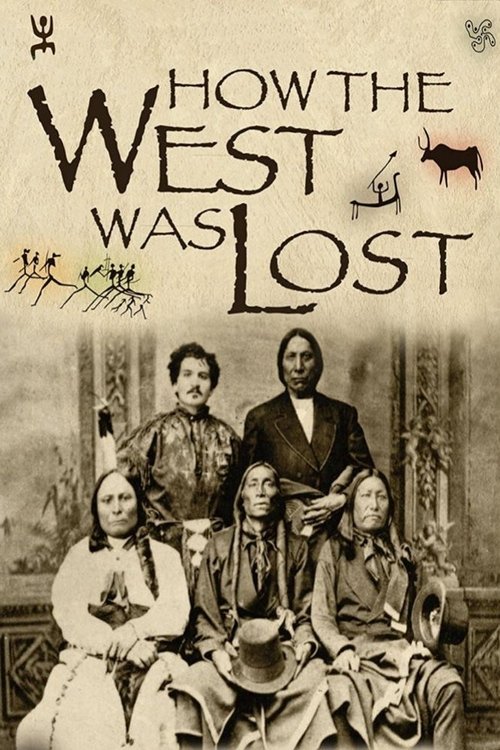
1: Divided We Fall
This episode traces the rise and fall of the Iroquois confederation. Long before the Europeans arrived, Iroquois nations engaged in bloody conflicts among themselves. Finally, Hiawatha persuaded the Mohawk, Oneida, Cayugas, Onondaga and Senecas to establish a "Great Peace" which began the confederation. The arrival of white men rekindled ancient rivalries and the fur trade lead to the "Beaver Wars" in the mid 1600s. This devastated the Iroquois through warfare, as well as disease. Next, French missionaries attracted some Iroquois with their talk of baptism and peace. Others, however considered the missionaries evil. This was the beginning of the break in the great confederation.







